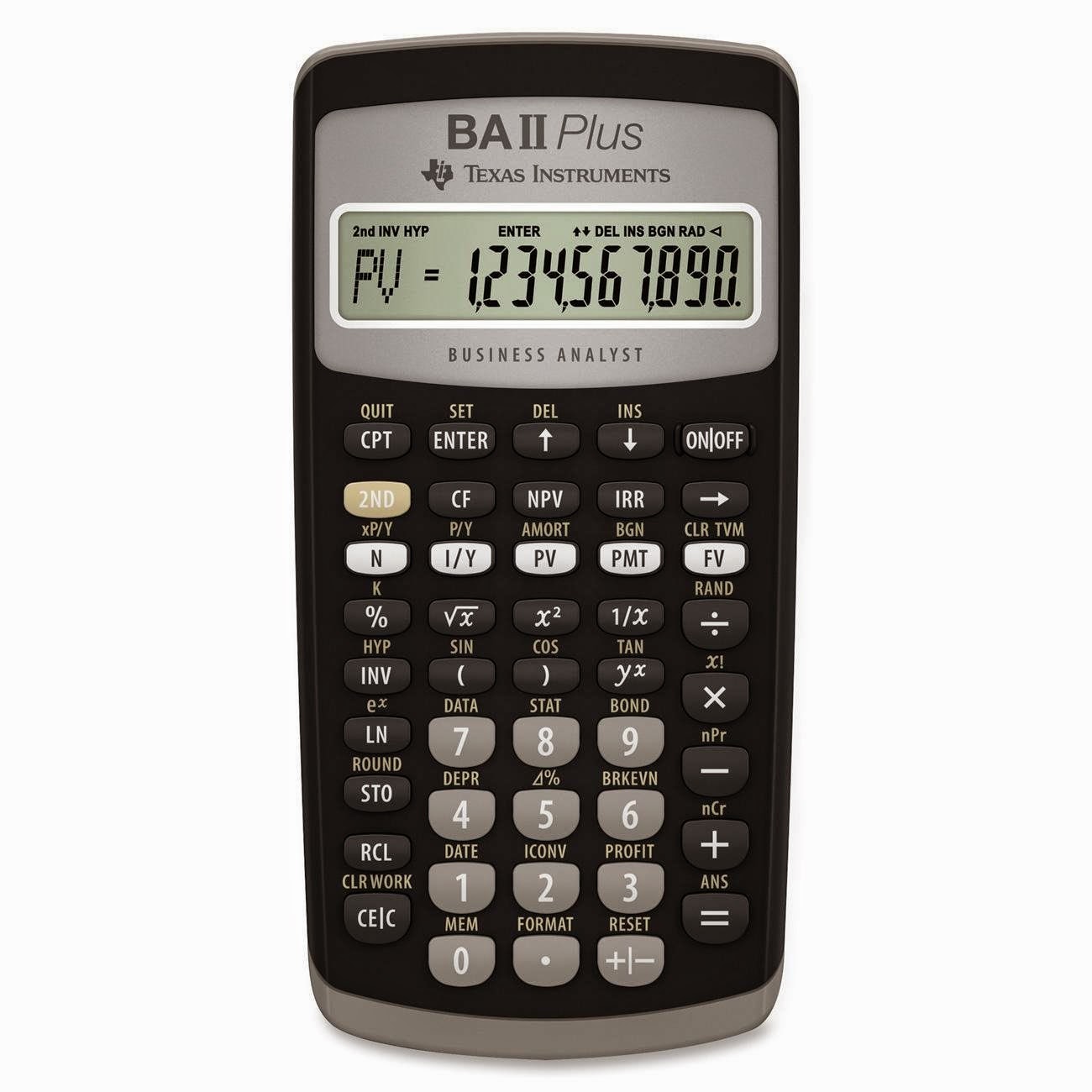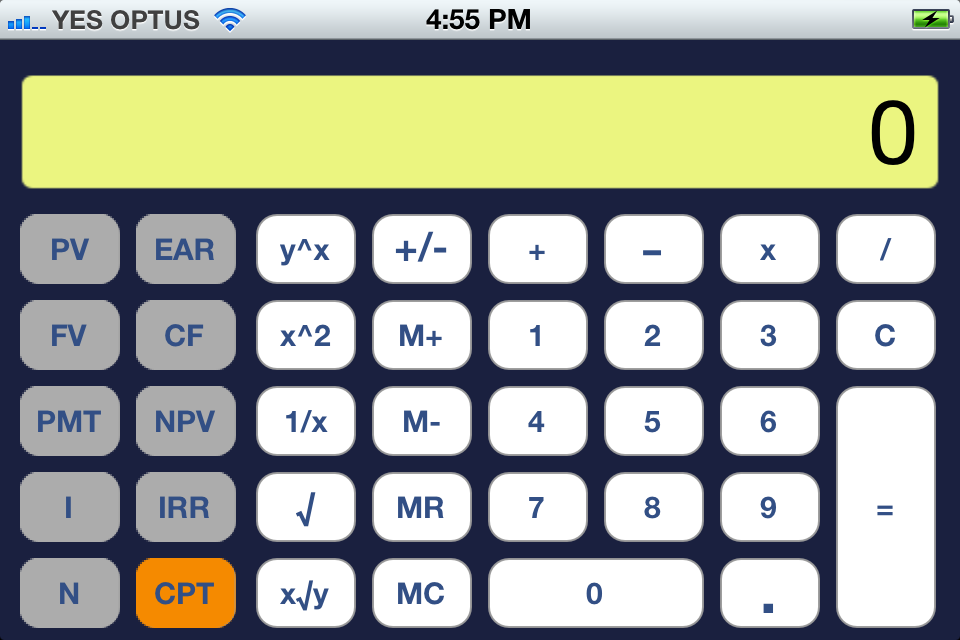
Last Period Rounding Options - due to payment and interest rounding each pay period (for example, payment or interest might calculate to 345.0457, but a schedule will round the value to 345.05), almost all loan schedules need a final rounding adjustment to bring the balance to "0".Long/Short Period Options - settings for how interest is shown on the schedule when the initial payment period (the time between the loan date and first payment date) is longer or shorter than the selected payment frequency.The 366 days in year option applies to leap years, otherwise the interest calculation uses 365 days. This setting impacts interest calculations when you set compounding frequency to a day based frequency (daily, exact/simple or continuous) or when there are odd days caused by an initial irregular length period. These options are available by clicking on "Settings." Related: Three Easy Ways to Save on Your Next Loan For a complete explanation of these options, see Nine Loan Amortization Methods. Amortization Method - leave this setting set to "normal" unless you have a specific reason for setting it otherwise.More about loan schedules with points, fees, and APR support. Points - one point is one percent of the loan amount.Setting this option to "Exact/Simple" results in simple, exact day interest. Doing so results in simple, periodic interest. Compounding Period or Frequency - usually, the compounding frequency should be set to the same setting as the payment frequency.The schedule calculates the payment dates from the first payment due date (not the loan date). Payment Period or Frequency - how often do you want to schedule payments? The calculator supports 11 options, including biweekly, monthly, and semiannual (useful for bond coupon interest schedules).Four loan options you most likely don't need to touch. More details about the settings available for odd day and irregular period interest.
#DOWNLOADABLE FINANCIAL CALCULATORS FULL#
However, if you want to match other calculators, then set the "Loan Date" and "First Payment Due" so that the time between them equals one full period as set by "Payment Frequency."Įxample: If April 10th is the "Loan Date" and the "Payment Frequency" is "Monthly," then set the "First Payment Due" to May 10th, that is if you want an estimated interest calculation. Important - Selecting dates will result in interest charges as well as payment calculations that do not match other calculators.


If you want an accurate, to the penny amortization schedule, you should spend a minute or two understanding these options. If you want an estimated schedule, you may skip over this section. set the annual interest rate to zero, andĪbout Dates - they may be (or may not be) important (to you):.What interest rate allows me to pay $500 a month?.How do I calculate how long it will take to pay off a loan?.How do I calculate how much I can borrow?.For "normal amortization," this includes principal and interest. Payment Amount - the amount that is due on each payment due date.This the quoted interest rate for the loan. Annual Interest Rate - the nominal interest rate.For a term of fifteen years, if the payment frequency is biweekly, you need to enter 390 for the number of payments. The "Payment Frequency" setting also impacts the loan's term. Number of Payments (term) - the length of the loan.Loan Amount - the amount borrowed, i.e., the principal amount.Interest amounts are the calculations that borrowers should be validating. TIP - Use an amortization schedule to confirm the periodic interest charges. A payment is "correct" as long as both the lender and debtor agree on the amount! (If the calculator always recalculated the last unknown, then this feature would not be possible.) The payment amount can be whatever you want it to be.

Note - You must enter a zero if you want a value calculated.īecause we want this calculator to create a payment schedule using the loan terms you need.


 0 kommentar(er)
0 kommentar(er)
